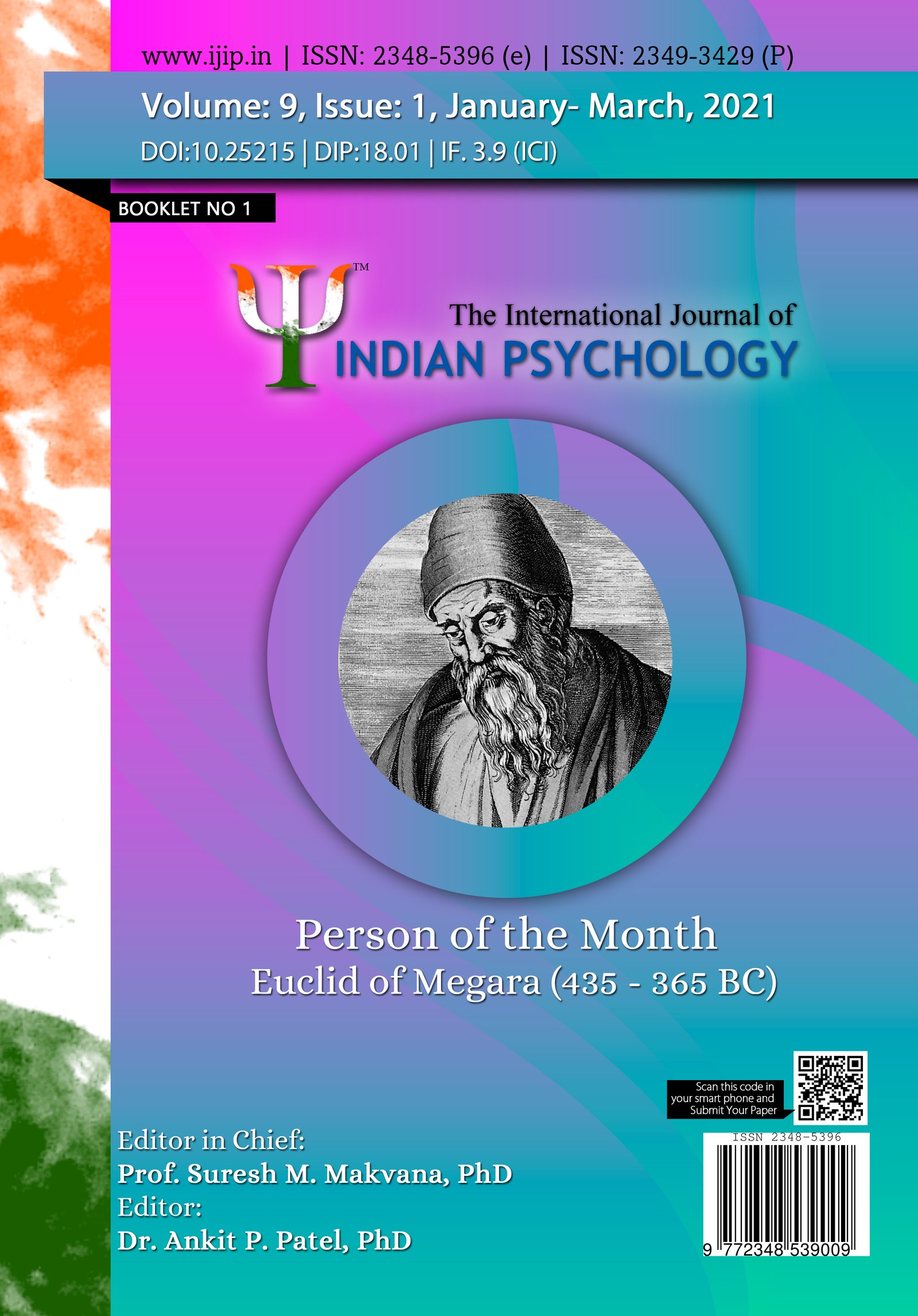Adolescents’ Happiness: Hedonic or Eudaimonic?
DOI:
https://doi.org/10.25215/0901.206Keywords:
Happiness, Hedonic, Eudaimonic, Adolescents, Content analysisAbstract
Recently happiness has gained increased consideration from both researchers and decision-makers. Thus, the present study aimed to explore the factors influencing adolescents’ happiness and discuss future recommendations. A sample of 250 adolescents (Boys=122 and Girls=128) aged 13 to 18 were selected using purposive sampling from different schools situated in Punjab, India. The adolescents were asked to answer ‘happiness’ questions, and the content analysis was performed to analyze open-ended responses to the questions “What is happiness?” and “What makes you happy”? The most recurrent themes obtained were: leisure time, friends, family, the satisfaction of wants, helping others, sharing joyful moments, & Religiosity. The findings thus indicated that adolescent’s happiness is an amalgam of hedonic and eudaimonic conceptions. The analysis also showed significant differences in sex with girls considering leisure time and relationships (Friends and Family) to predict happiness. In boys, Leisure time, Friends, and the satisfaction of wants takes primacy over the family for predicting happiness. It is a significant study for policymakers, educators, administrators, and parents to focus on the strategies like co-curricular and extracurricular endeavors, especially promoting hobby clubs, socially-focused approaches, and mindful activities for adolescents that can be an effective way to boost their happiness.Metrics
No metrics found.
Published
2022-11-05
How to Cite
Sandeep Kaur, & Prof. Sangeeta Chauhan. (2022). Adolescents’ Happiness: Hedonic or Eudaimonic?. International Journal of Indian Psychȯlogy, 9(1). https://doi.org/10.25215/0901.206
Issue
Section
Articles


